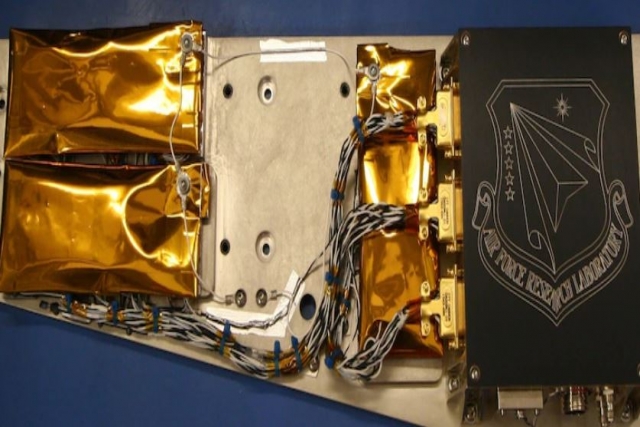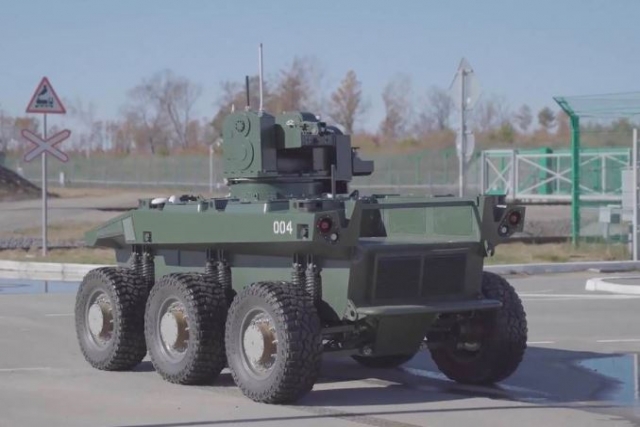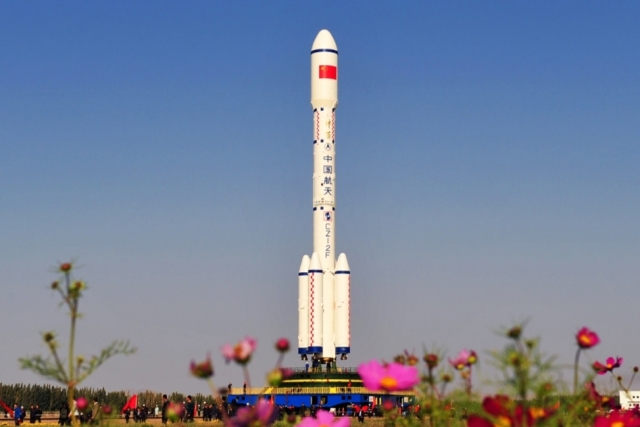U.S. Air Force Research Lab Launches Spacecraft Thermal Control Technology

The U.S. Air Force Research Laboratory has partnered with ThermAvant Technologies and Maxar Technologies to develop and deploy the next generation of spacecraft thermal control technology.
The groundbreaking technology, Oscillating Heat Pipes (OHPs), provides lightweight and highly efficient temperature control on higher power yet smaller spacecraft. The OHP was recently launched in the second quarter of 2021 on a Maxar-built satellite.
Using OHPs instead of an active thermal management subsystem enables the United States Space Force to accomplish its missions at a lower cost.
It should be noted that though the structure of the OHP is static the fluid oscillates within the micro-channels of the structure, causing the heat transfer.
“Oscillating heat pipes have flown in space before, but now OHPs are being relied upon to serve a mission purpose,” said Jon Allison, the thermal thrust lead, for the Spacecraft Component Technology Branch of the AFRL Space Vehicles Directorate. “The on-orbit operation of OHPs marks an important milestone in the technology transition.”
Allison’s colleague, Brent Taft, has spent more than a decade leading Air Force OHP research, and said he is ecstatic to see OHPs now being used on real world spacecraft.
“The success of this transition builds upon AFRL and ThermAvant efforts to develop and validate an oscillating heat pipe operating limits model,” Taft said. “AFRL tested early OHP designs in the Advanced Structurally Embedded Thermal Spreader (ASETS) microgravity aircraft flight campaign in 2012, and the ASETS-II experiment on OTV-5 (aka X-37B) in 2017.”
According to AFRL and their industry partners, OHPs are the future of spacecraft thermal control.
Allison explained this circuitous technology development path leading from military service laboratories, to private industry, and then back to the military, is actually a common approach.
The incorporation of the OHPs on an operational satellite is a big step forward. AFRL believes this represents the start of the fourth generation of spacecraft thermal control.
“We have seen how every generation heralds a new era in spacecraft thermal control by introducing a new, revolutionary technology,” Allison said. “The first generation used only thermal conduction, the second generation introduced heat pipes, and the third generation introduced loop heat pipes. The advent of each new generation enabled larger, more powerful spacecraft.”
Allison believes now is the time for the next generation, and OHPs are the perfect technology to enable future missions.
“We expect OHPs to be the linchpin thermal control technology on satellites from 2020 to 2040,” Allison said. “It’s my proposition that the fourth era is defined by oscillating heat pipes, and that the revolution that OHPs enable will be not so much focused on larger and more powerful spacecraft, but smaller and more powerful spacecraft.”













